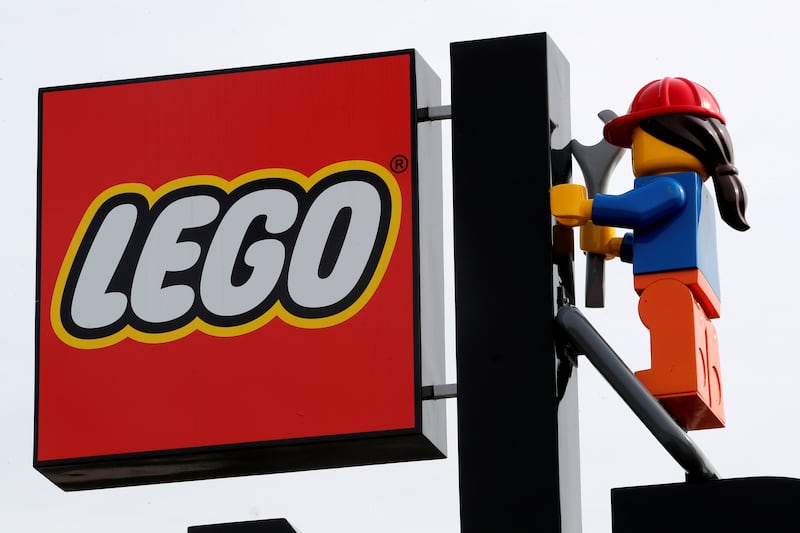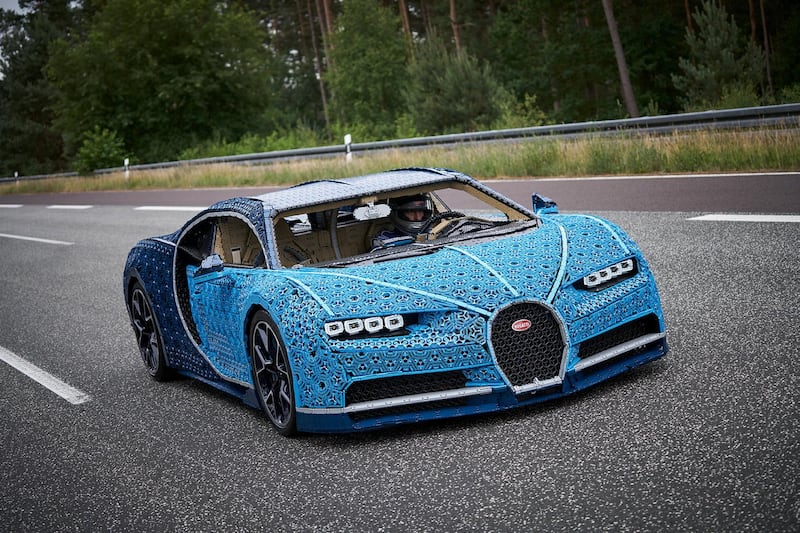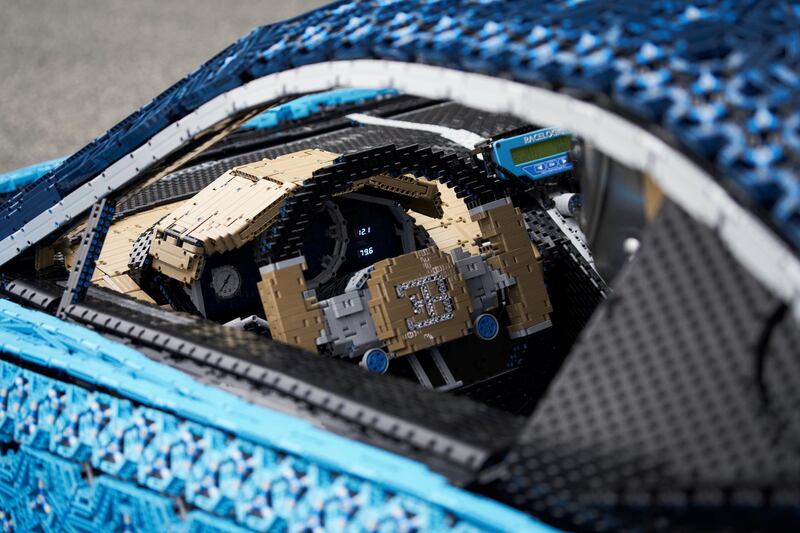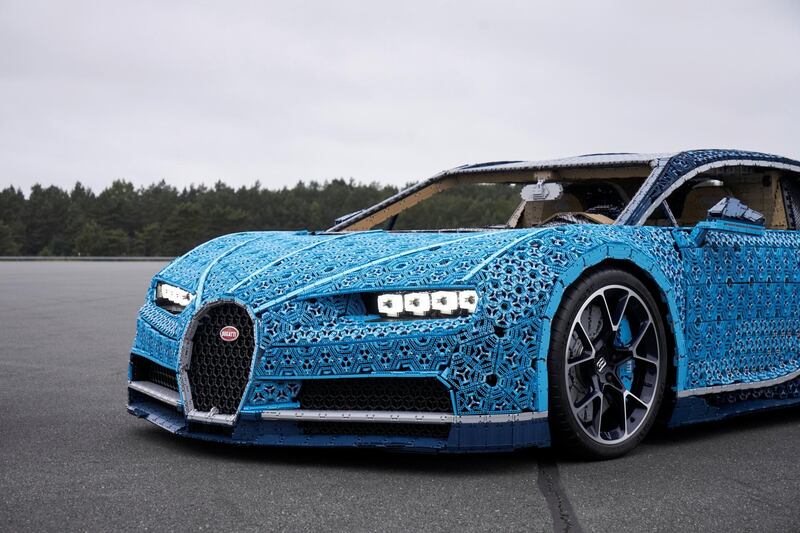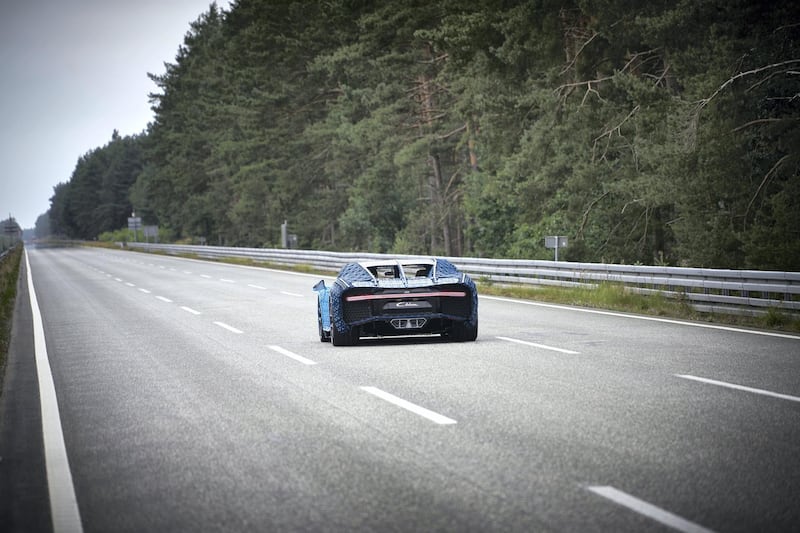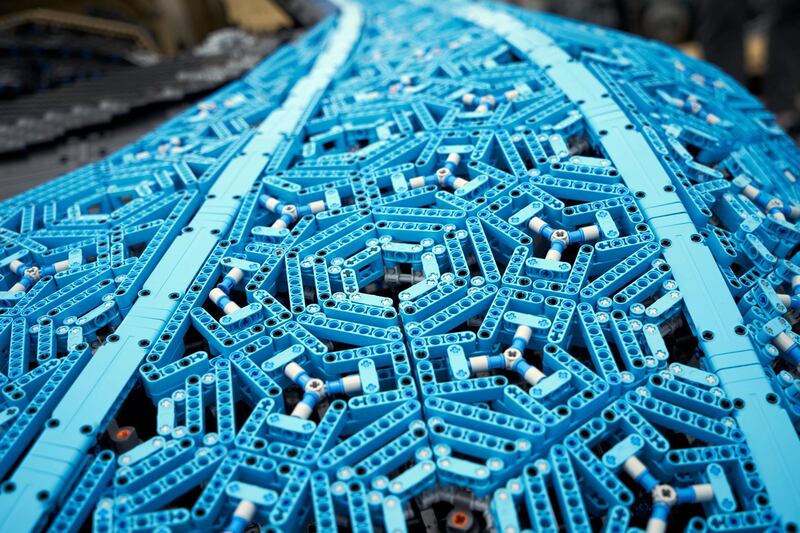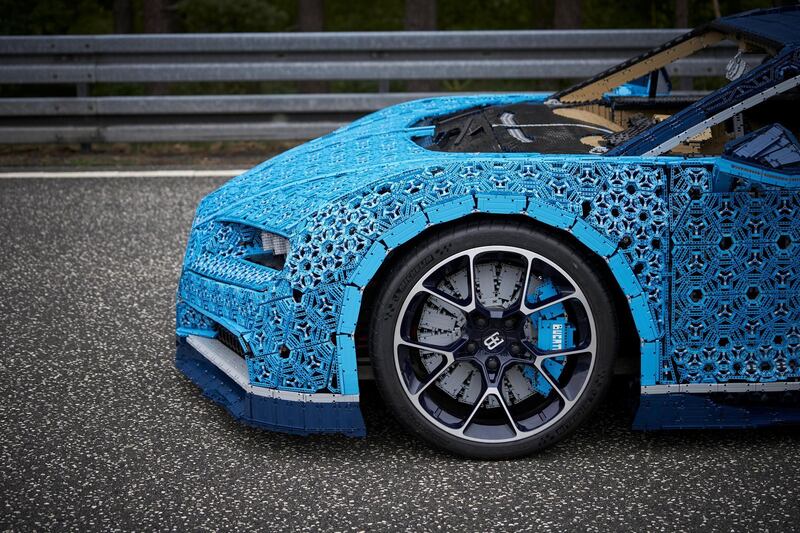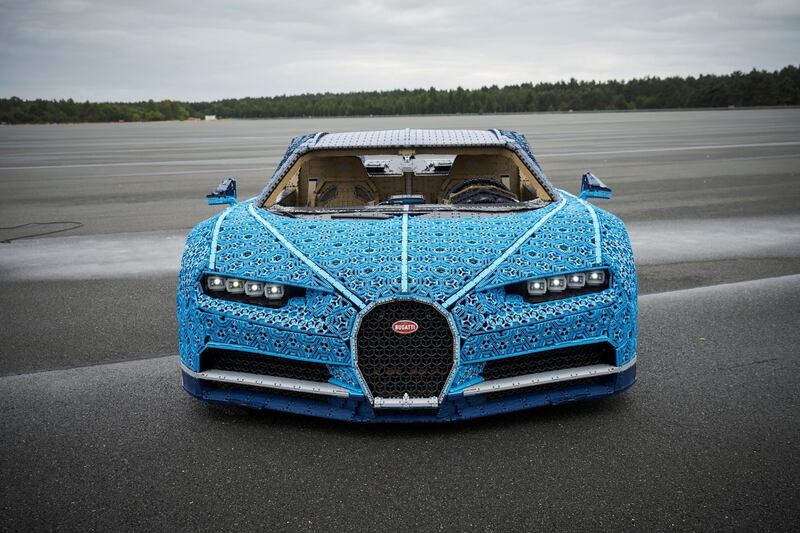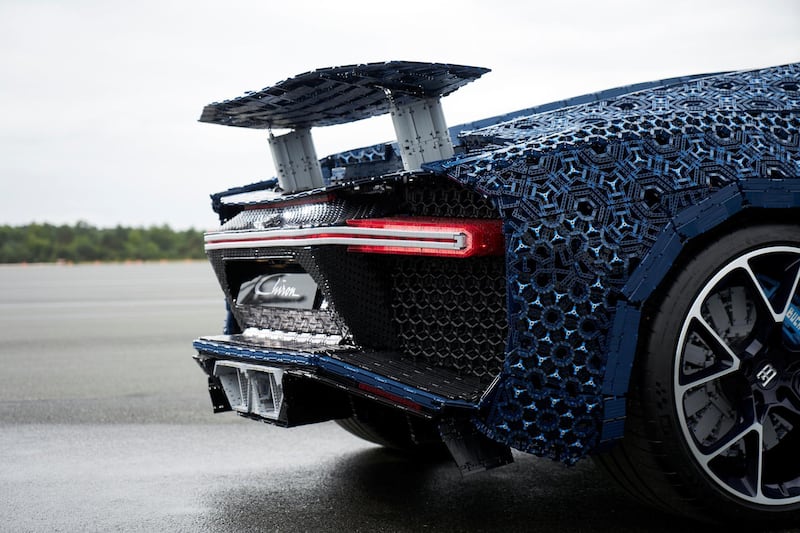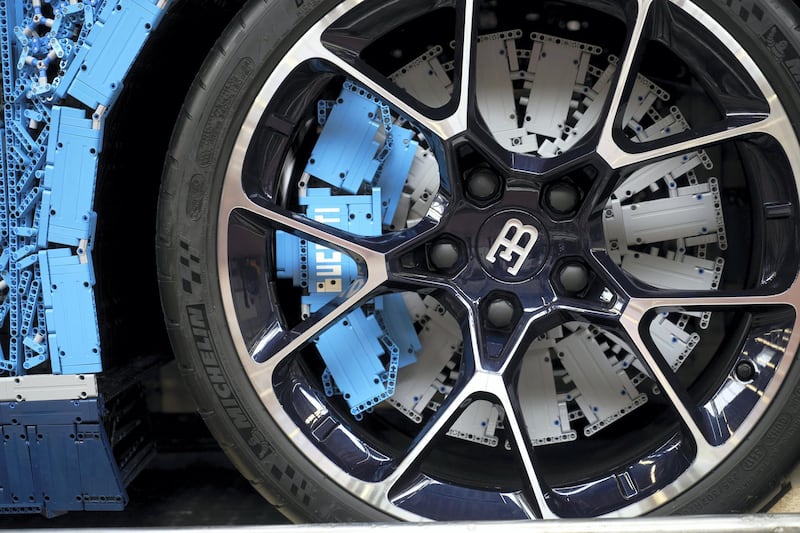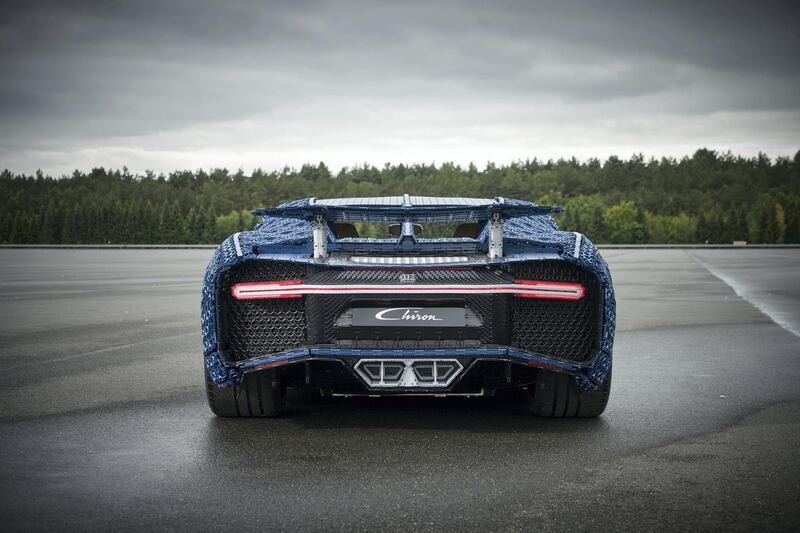Investing in the second-hand Lego market can be more profitable than other investments, according to new research.
Secondary market prices of retired Lego sets grow about 11 per cent a year, which is faster than gold, stocks, bonds and other collectible investments such art, stamps and antiques, economists at the Moscow-based Higher School of Economics University said in a recently published research paper.
“We are used to thinking that people buy such items as jewellery, antiques or artworks as an investment,” said Victoria Dobrynskaya, one of the study’s authors and an associate professor at the Faculty of Economic Sciences at HSE University.
Timelapse in Saudi Arabia reveals world's biggest F1 car made out of Lego
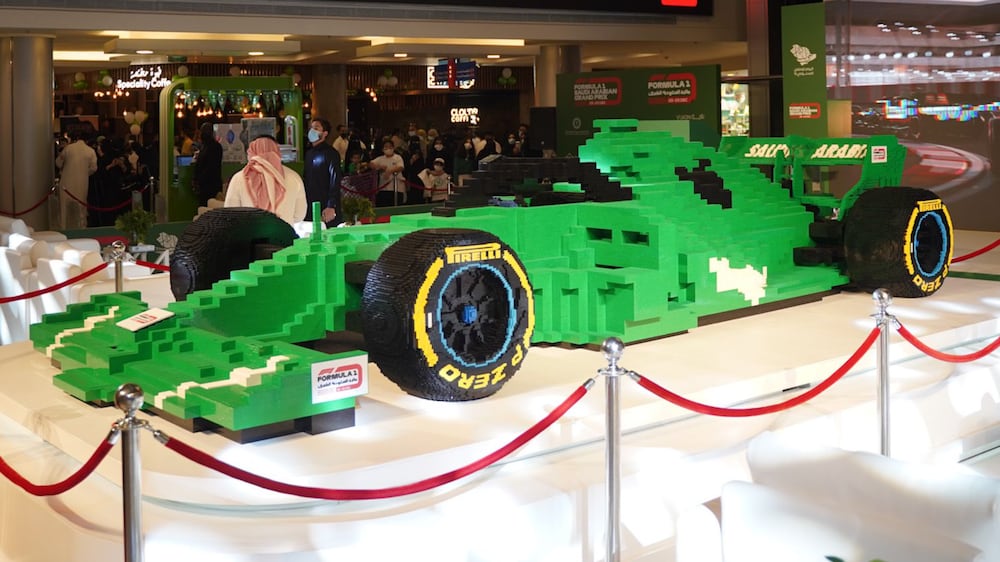
“However, there are other options, such as collectible toys. Tens of thousands of deals are made on the secondary Lego market. Even taking into account the small prices of most sets, this is a huge market that is not well known by traditional investors.”
Alternative investments, which do not come under traditional asset classes such as cash, stocks and bonds, have moved from the “periphery of the global investment landscape into the mainstream”, according to alternative investment platform CAIS.
Since 2003, the alternative investment sector jumped 12 per cent to $13.4 trillion in 2018 and is expected to grow between 18 per cent and 24 per cent by 2025, CAIS said.
The study’s authors looked at the prices of 2,322 Lego sets from 1987 to 2015 and found that secondary market prices start to grow two or three years after a set is retired.
Prices of thematic sets dedicated to famous buildings, popular movies or seasonal holidays tend to experience the highest growth on the secondary market while another lucrative category includes sets that were issued in limited editions, the authors said.
The most expensive Lego sets include Millennium Falcon, Cafe on the Corner, Taj Mahal, Death Star II and Imperial Star Destroyer, they said.
“There is a significant variation in returns ranging from minus 50 per cent to 600 per cent annually,” the authors said.
“Prices of small and very big sets grow faster than prices of medium-sized ones, probably because small sets often contain unique parts or figures while big ones are produced in small quantities and are more attractive to adults.
“Rarity increases their value from the collectors’ perspective.”
In 2017, Amsterdam-based online collectibles auction website Catawiki sold the world’s most expensive 14-karat gold Lego brick for £15,750 ($20,894). From 1979 to 1981, the Lego company gave the golden bricks, which can be used with other Lego sets, to employees who had worked for the company for 25 years, according to Catawiki.
“It is thought that no more than 10 of these bricks exist … Because of the true rarity of this item, this is truly the holy grail of Lego bricks,” Catawiki said at the time. “There were bids from collectors across the world; however, the Lego brick was ultimately snapped up by a collector in England.”
Meanwhile, the most expensive Lego set that Catawiki has sold was in 2015, when a 2007 Star Wars Millennium Falcon set went to auction and was snapped up for €4,700 ($5,319).
However, investing in Lego should be a long-term commitment, the authors of the Lego study said.
“Investors in Lego generate high returns from reselling unpacked sets, particularly rare ones, which were produced in limited editions or a long time ago,” Ms Dobrynskaya said.
“Sets produced 20 to 30 years ago make Lego fans nostalgic and prices for them go through the roof. But despite the high profitability of Lego sets on the secondary market in general, not all sets are equally successful, and one must be a real Lego fan to sort out the market nuances and see the investment potential in a particular set.”
The Lego company, Europe’s largest toymaker, was founded in Denmark in 1932 by Ole Kirk Kristiansen. Today, his grandson, Kjeld Kirk Kristiansen, is the chairman of Kirkbi, a family holding company that owns 75 per cent of Lego, according to the Bloomberg Billionaires Index.
The company reported revenue of more than 43.6bn Danish krone ($6.6bn) in 2020, according to its annual report.
